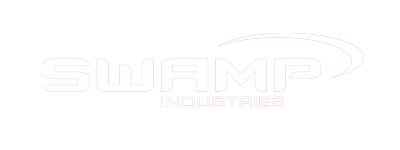MIDI Controllers - Master Your Music Production
Welcome to SWAMP's MIDI Controllers category, where we offer a diverse selection of MIDI controllers tailored to enhance your music production, recording, and live performance. Whether you're composing in your DAW software, performing on stage, or producing beats in the studio, our range of MIDI controllers provides the precision and flexibility you need.
Keyboard MIDI Controllers
Our collection includes keyboard MIDI controllers ranging from compact 25-key models to full-sized 88-key versions. Whether you're looking for portability or the full range of expression, our controllers feature options like weighted or semi-weighted keys, perfect for musicians of all levels. These keyboards integrate seamlessly with any DAWs, making them ideal for playing virtual instruments, recording sessions, and live performances.
Launchpads and Pad Controllers
For beatmakers and electronic music producers, our launchpads and pad controllers offer intuitive control over your DAW. These devices, featuring velocity-sensitive pads, allow you to trigger samples, sequence beats, and control effects with ease, making them essential tools for crafting dynamic music in real-time.
DAW Controllers
Streamline your workflow with our DAW controllers, designed to give you hands-on control over your recording software. With features like faders, knobs, and transport controls, these devices enable precise control over your mix, automation, and editing processes, allowing you to focus more on creativity and less on technicalities.
Brands We Stock
We proudly offer MIDI controllers from leading brands such as Novation, iCON, Nektar, and Donner. Each brand is known for its reliability and innovation, ensuring that you have access to top-tier gear that meets your specific needs, whether you're a beginner or a seasoned professional.
Versatility for All Genres
Our MIDI controllers are perfect for a wide range of musical genres and applications. Whether you're producing electronic music, composing film scores, or recording a band, you'll find the right controller to match your style. From portable options for mobile setups to full-featured controllers for complex studio environments, we have it all.
At SWAMP, we're committed to providing high-quality MIDI controllers that help you master your music production. Explore our selection today and find the perfect controller to elevate your creative process.
Shop now and take control of your DAW and virtual instruments with SWAMP's range of MIDI controllers.


























































